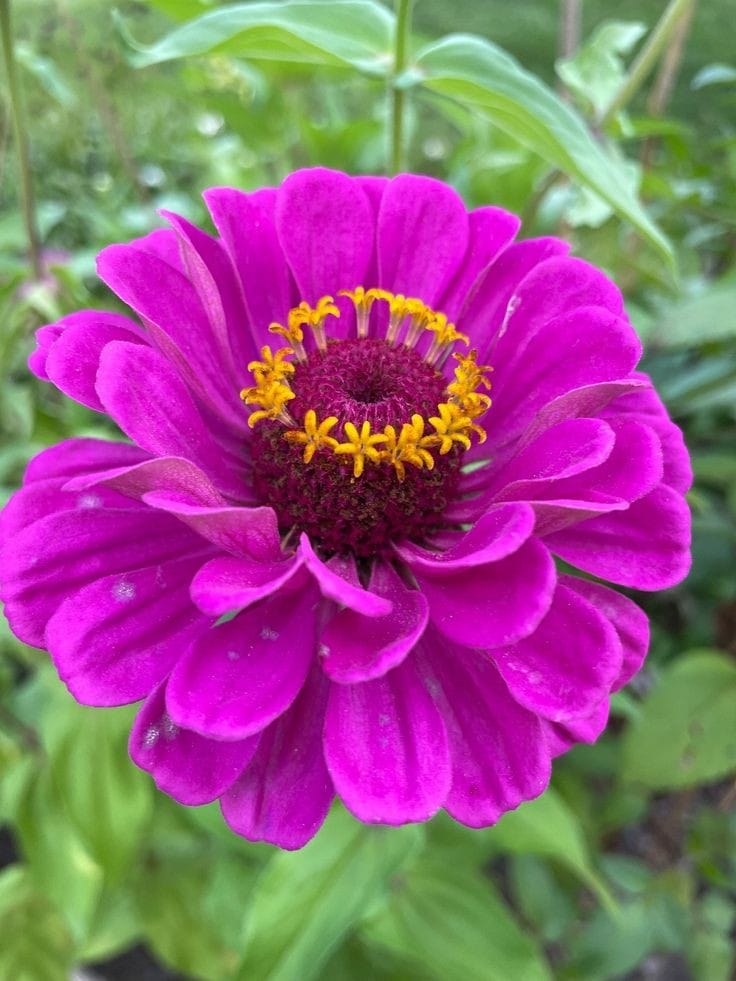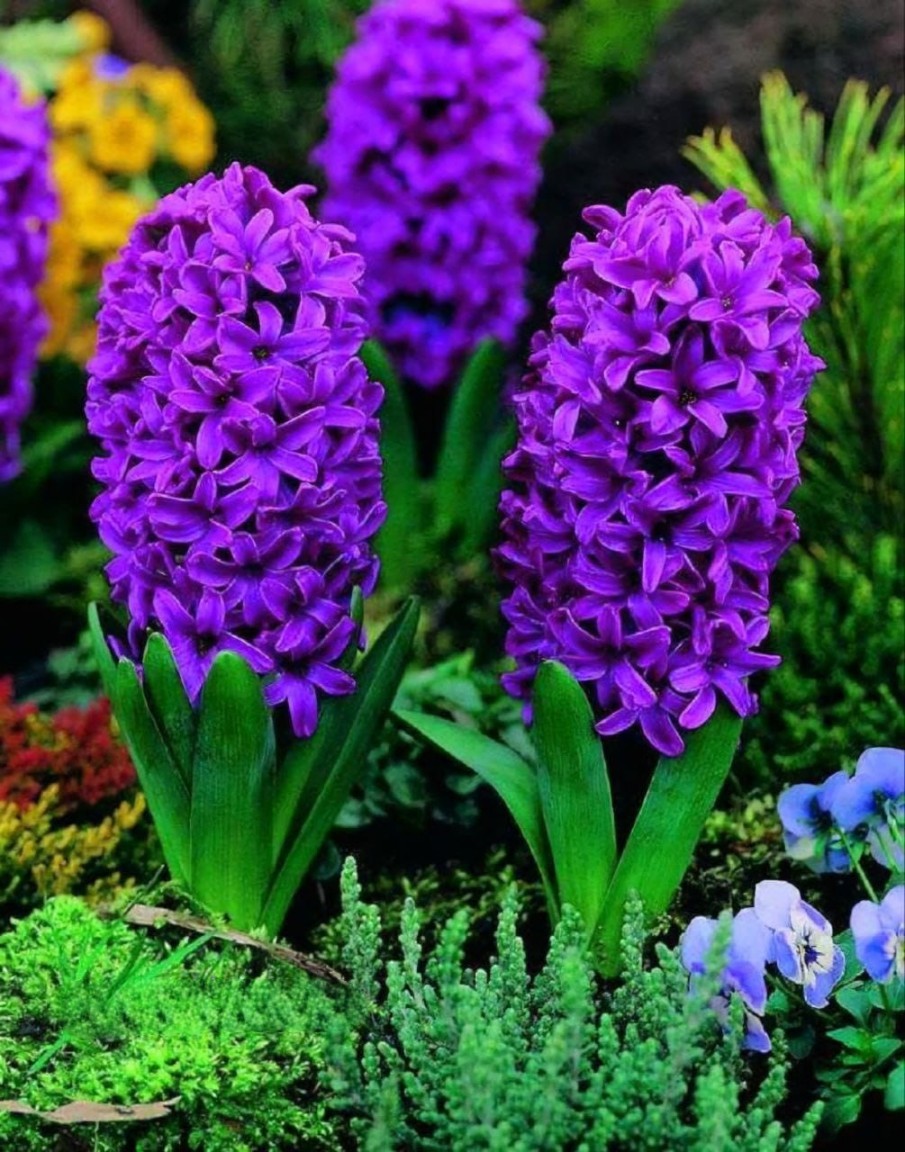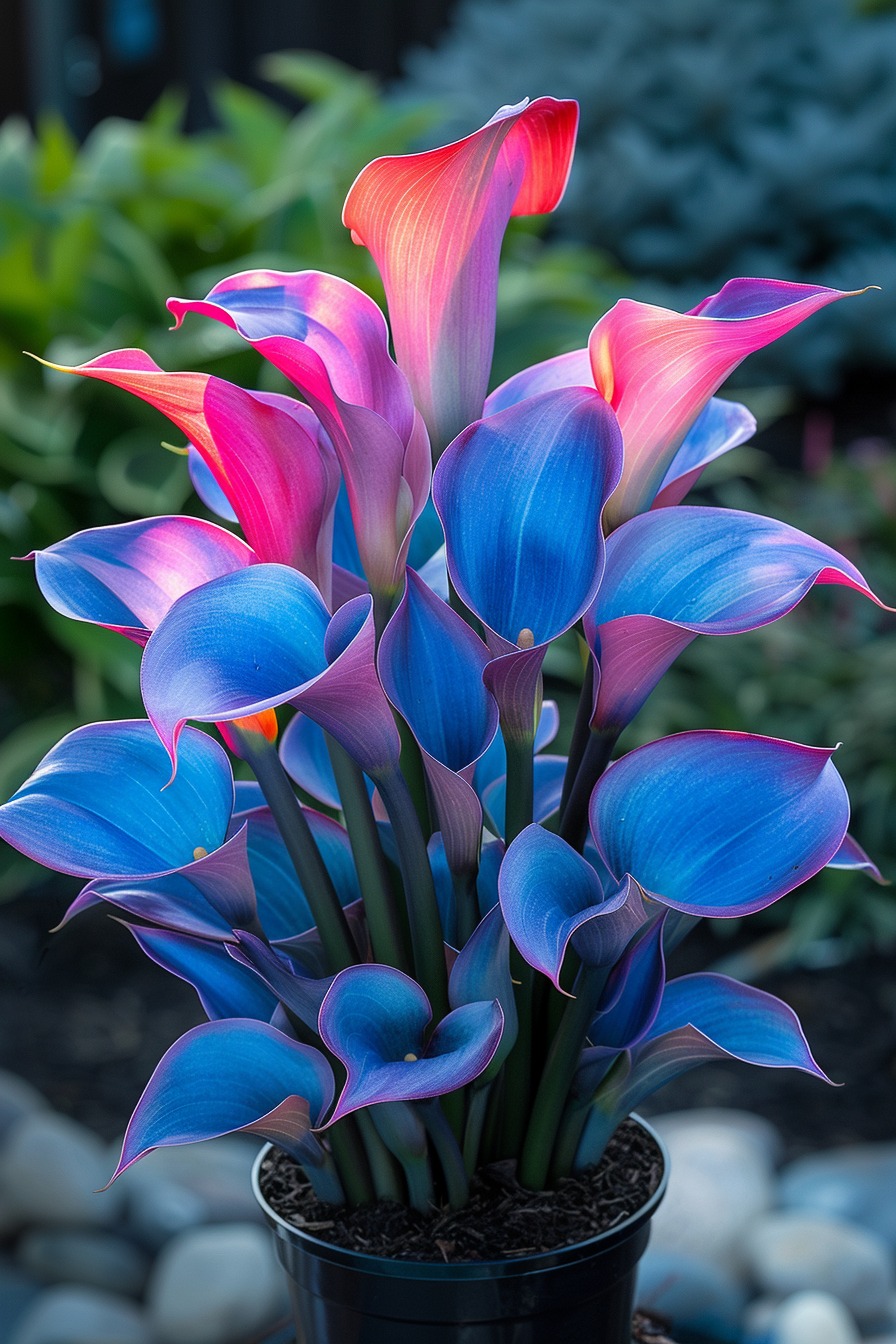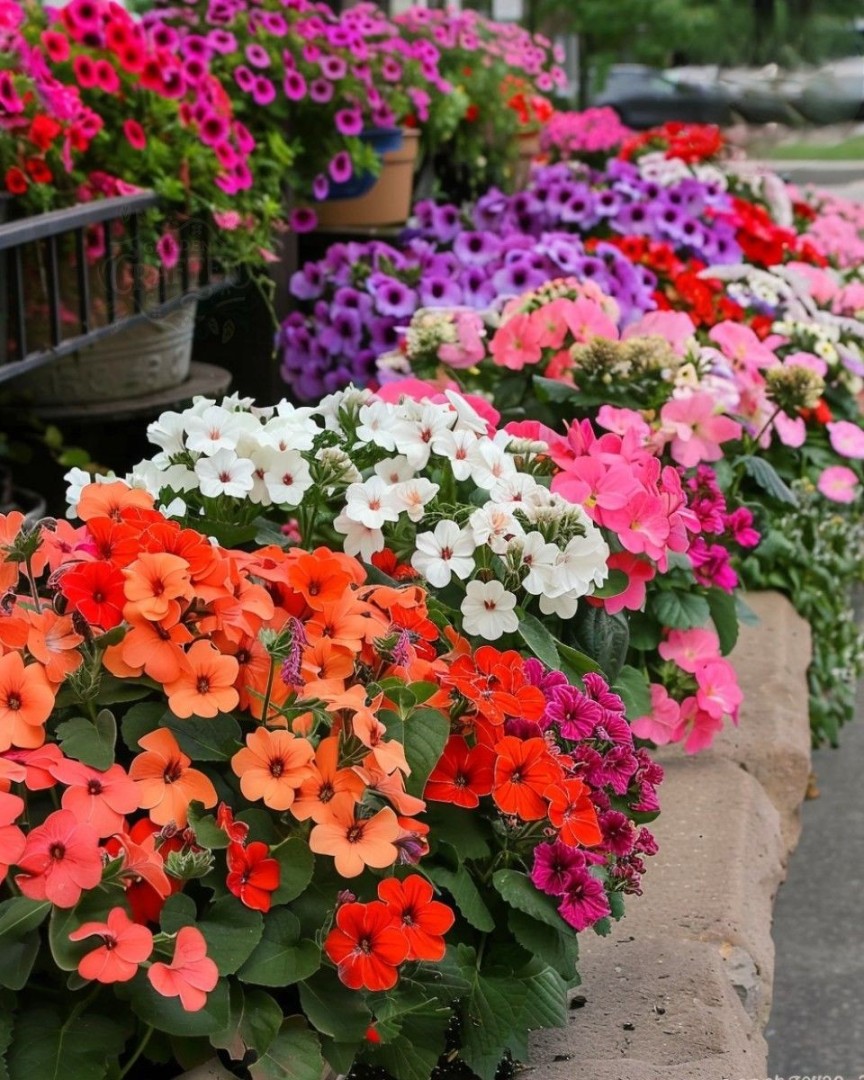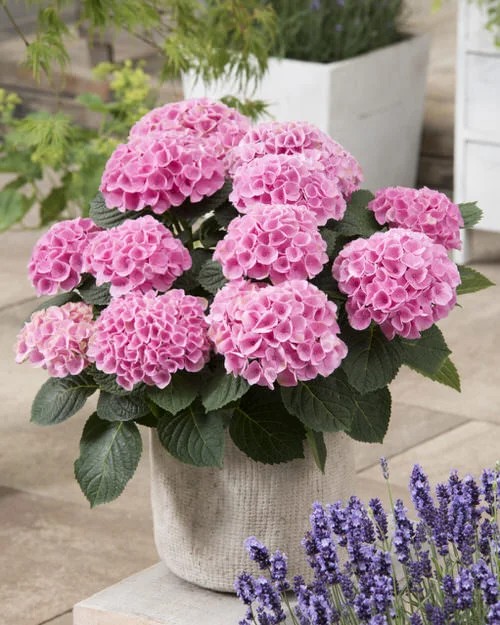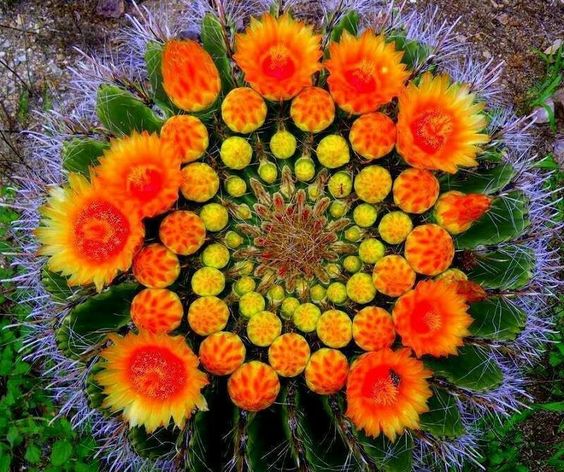Plant Attributes
- Common Name: Summer snowflake
- Botanical Name: Leucojum aestivum
- Family: Amaryllidaceae
- Plant Type: Bulb
- Mature Size: 1 ft. to 2 ft.
- Sun Exposure: Full sun, part shade
- Soil Type: Loamy, clay, well-drained, moist
- Soil pH: Acidic, neutral, alkaline
- Bloom Time: Late winter, spring
- Flower Color: White
- Hardiness Zones: 4–9 (USDA)
- Native Area: Europe
Summer Snowflake Care
Plant your bulbs in fall about 4 inches deep and 4 inches apart, preferably into well-drained soil. Summer snowflakes look best when planted in bunches of six or more, in clumps that eventually spread into an impressive drift. The bulbs require little care after they are planted in the fall. Snowflakes thrive in most conditions, tolerating sun, partial shade, hot and cold climates, rich soils and clay, wet streambanks, deer, and even black walnut trees. The plant has not been categorized as invasive in any state, though it naturalizes easily, producing bulb offsets and spreading into wooded areas.2
Light
Summer snowflake does well in either full sun or light shade and can be planted under a tree in dappled shade or part shade.1 Unlike daffodils, its stems don’t lean towards the sun, but always stand straight up, so it’s pretty viewed from any side.
Soil
Summer snowflake grows best in well-drained, rich soils with medium moisture, but is quite tolerant of many conditions. Snowflakes can adapt to clay as well as moist soils along a streambank or pond—just make certain to plant the bulbs above the waterline.1
Water
Snowflakes need consistent moisture while growing and blooming in the late winter and spring. Water if the soil dries out during the period your flowers are actively growing. Once they go dormant in summer, snowflakes can tolerate moderately dry soil. A 2-inch layer of mulch is helpful in retaining moisture in a location that is hot and dry in summer.1
Temperature and Humidity
Snowflakes are adapted to USDA Zones 4 to 9 (that’s most of the U.S. down to the Gulf Coast).3 They aren’t bothered by humidity but require extra care and watering in a dry climate.
Fertilizer
Snowflakes aren’t fussy and don’t generally require fertilizer, though they do best in rich soil. Consider adding compost or bulb fertilizer at the time of planting. If you would like to enrich the soil, you can add compost on top of the soil each year after the plants wither away.4
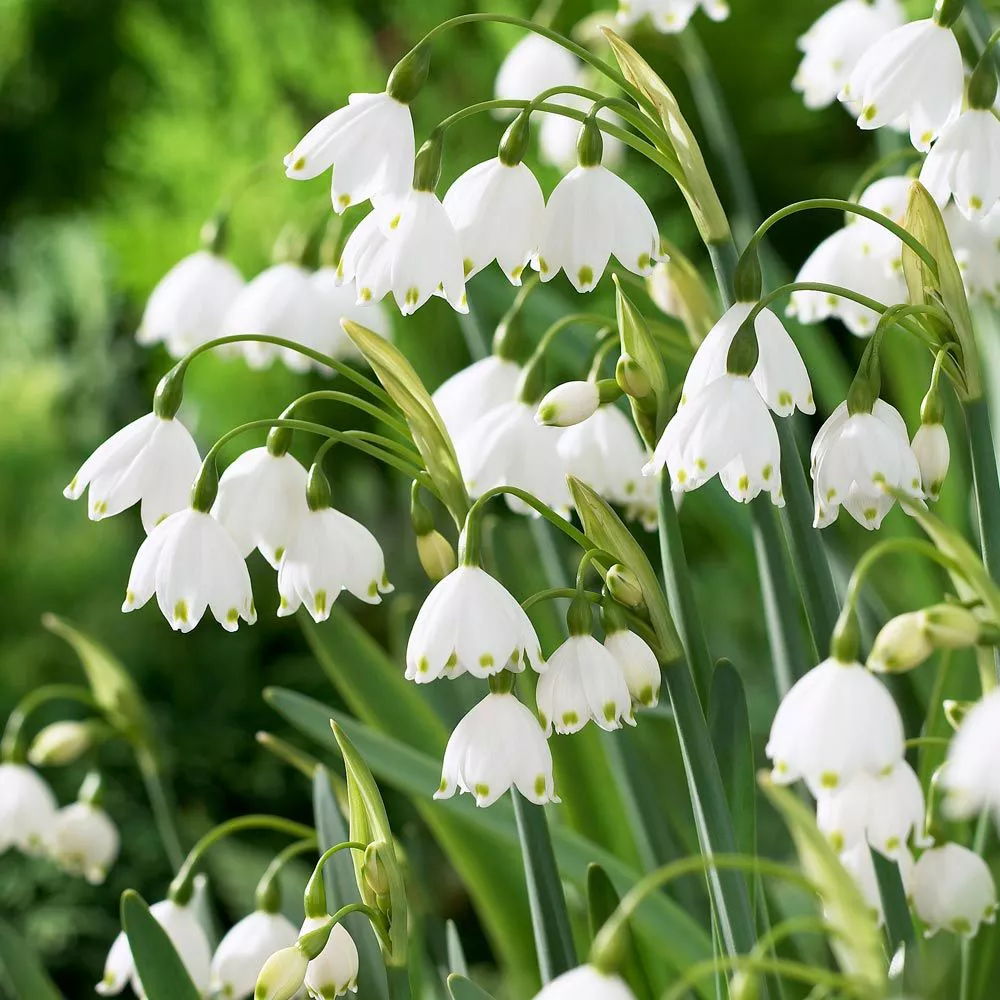
Types of Summer Snowflakes
The plain vanilla summer snowflake sports 18-inch stems, each carrying three to five, 1-inch, bell-shaped blooms with a green dot on the tip of each petal. I prefer the stately heirloom selection, ‘Gravetye Giant,’5 named for the estate of famous 19th-century garden writer and designer, William Robinson. Shown above, it’s taller, has larger blooms, and bears as many as nine flowers per stem.
Pruning
If you prefer to keep your garden neat and tidy, you can remove spent flowers from the plants. Allow the foliage to continue growing until it withers away, at which point you can remove it. Planting other perennials or ferns around your snowflakes can help to hide the dying foliage.
Propagating Summer Snowflake
Deer and rodents will not eat snowflakes, so these long-lived treasures increase in numbers over time.6 Summer snowflakes prefer to be left undisturbed, but you can dig up, divide, and replant the bulbs if they outgrow their space. Wait until the foliage has turned yellow before you dig up a clump.3 Should you be the sharing sort, bestow extras on friends and family—a tradition that’s been going on for more than 400 years.
How to Get Summer Snowflake to Flower
Summer snowflake is a dependable and low-maintenance plant that should flower without special care. It does require sunlight to bloom, so don’t plant the bulbs in deep shade.1 Deadheading is not necessary on this plant. Blooms appear in late winter in the warmest climates up to early June in the coldest, so patience may be all that is required if your plant hasn’t bloomed yet. Like daffodils, snowflakes make an excellent cut flower. By spring bulb standards, it stays in bloom a long time—a couple of weeks.
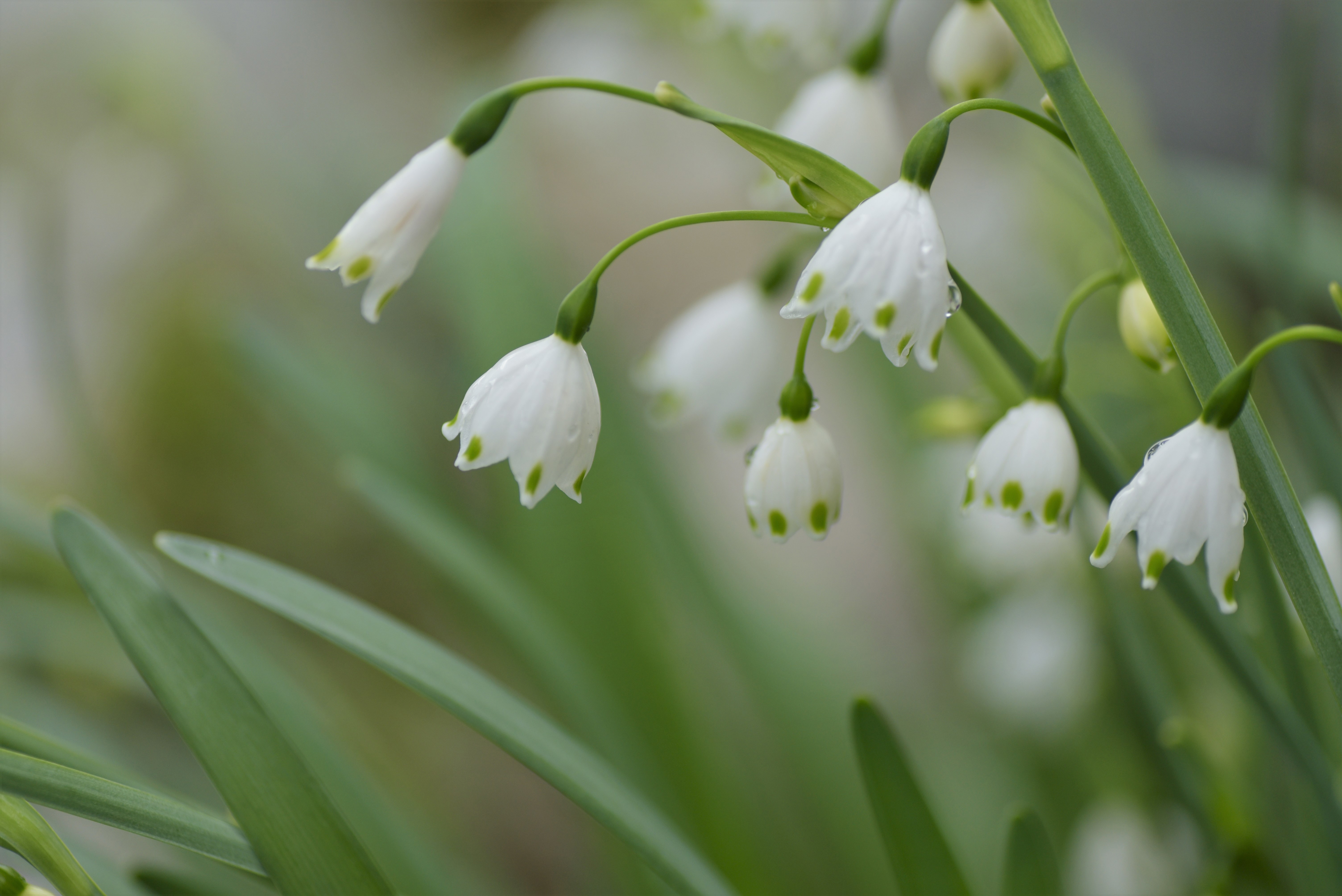
After hearing how easy and dependable these plants are, you naturally want some summer snowflakes for your own garden. If you can’t find the bulbs locally, you can purchase them by mail. Trusted sources include White Flower Farm, Brent & Becky’s Bulbs, and John Scheepers.
